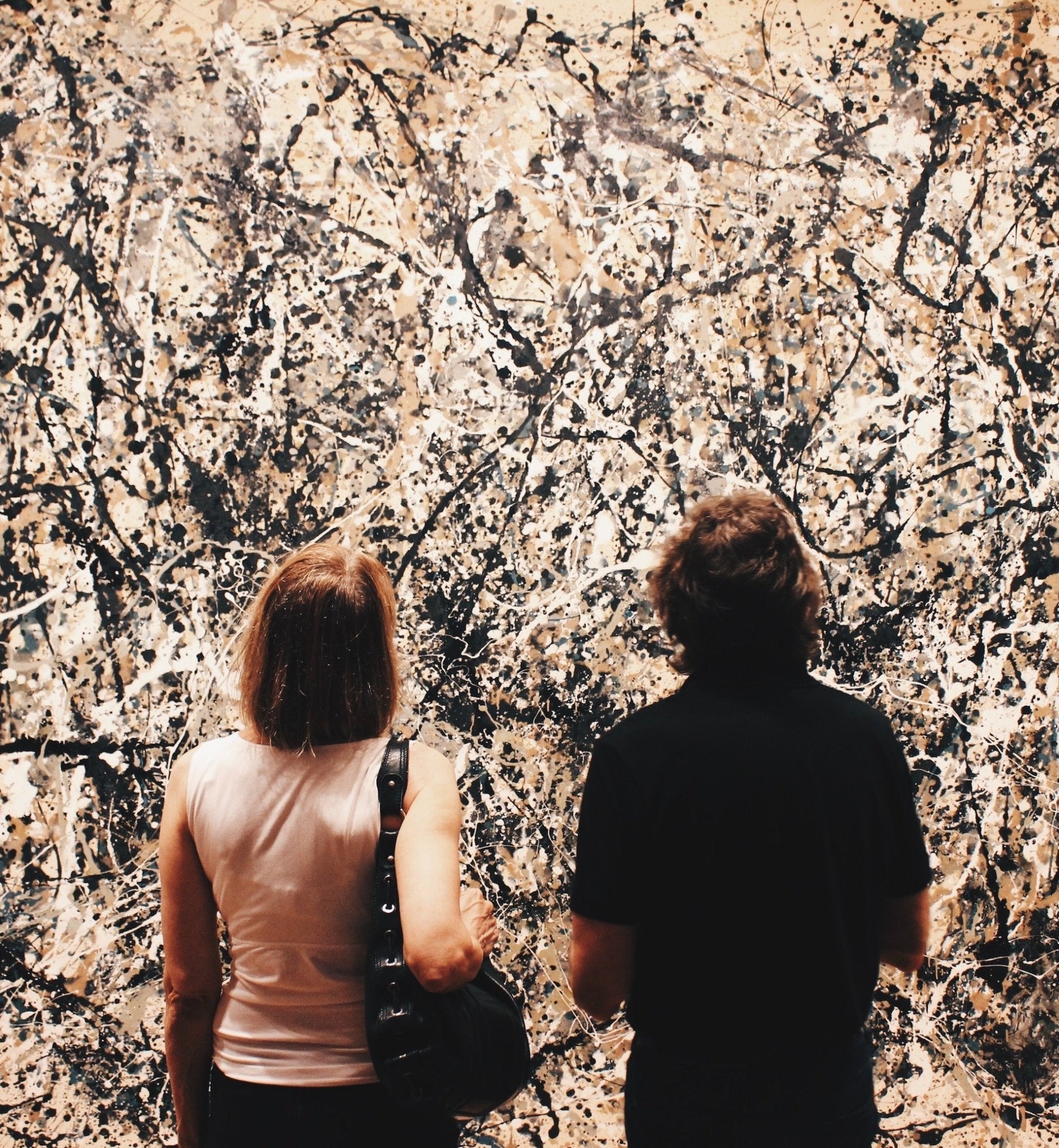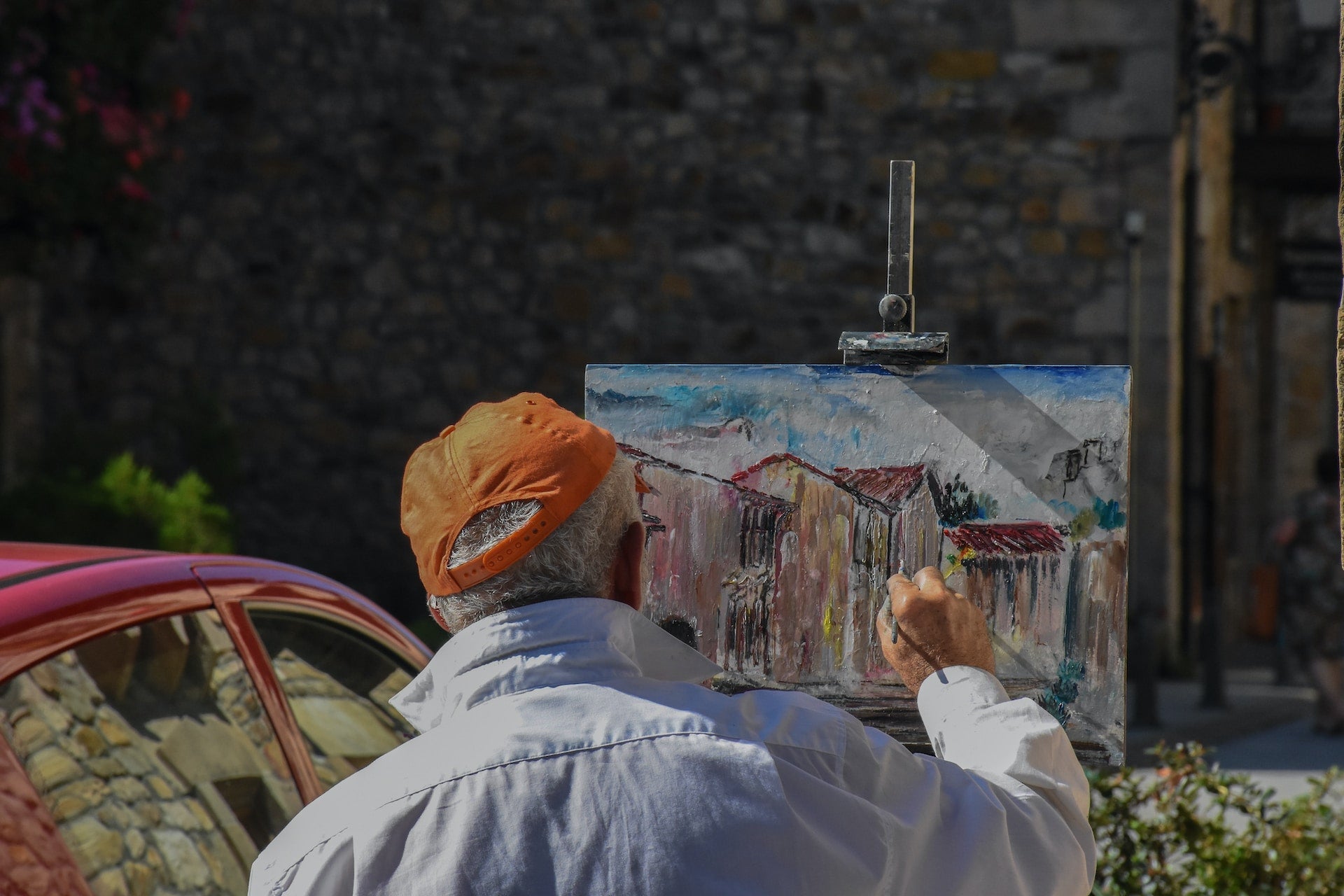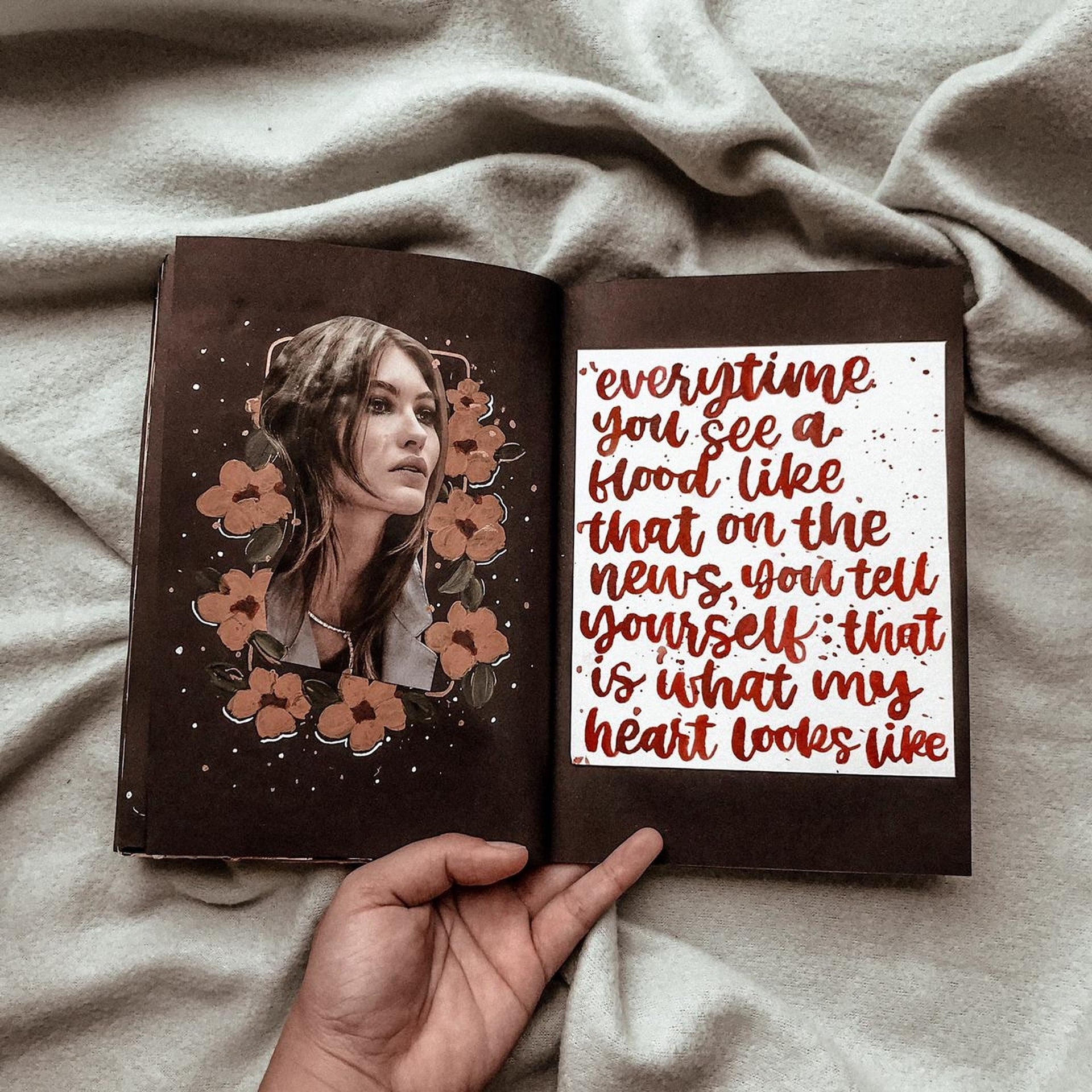
Jackson Pollock and the Rise of Action Paintings
Jackson Pollock was a complex and often volatile man, who is perhaps best known for his unique style of painting. Pollock's work has been described as volatile and explosive, and while it may be easy to see why this would be, perhaps the most fascinating aspect of his art isn't the spontaneity and raw energy that it seemingly portrays, but rather the methodical way in which it was done.
He did not create his pieces from a standing position, but instead from a crawling position where he would drip paint onto his canvases that were often laid flat on the floor The other key difference between Pollock's work and most arts before him was his use of color.
Instead of laying down a single color, Pollock would layer many different colors one over the other to create beautiful effects of the space distance scale. Using a range of colors from bright reds and deep blues, he was able to create the sensation that wasn't just looking at the canvas, but rather at the entire world.
Pollock is one of the most beloved abstract expressionists up to this day. If you wanna know more about his life, works, and artistic techniques, continue reading this article because he is this week’s featured artist on this website.

Pollock's paintings are fascinating because they seem so spontaneous yet were carefully planned. The result is a series of images that feel bold and free-flowing, but still maintain some sense of structure—an effect achieved through careful control over composition, color choices (which often make use of dark blue), texture (such as drips), surface treatment (like smears or drips), proportionality between objects depicted on canvas or paper), shapes used in reference imagery such as circles versus straight lines vs triangles vs squares etc., etc., all while maintaining focus on key elements like figures seated around tables interacting with each other.
Abstract Expressionism and Pollock's Action Painting
Abstract Expressionism was a style of art that was created in the 1940s and 1950s. The style was a reaction to the rise of fascism, which had been growing since World War II. Abstract Expressionism also had political undertones as it challenged traditional notions of art, painting, and life itself.
The artist Jackson Pollock (1912–1956) is often considered to be one of the leaders of this movement because he used to paint in ways never before seen by many artists or even any other painter. He developed his technique called Action Painting where he would pour various colors onto canvas by holding them up to himself or another person who was standing next to him with their arms extended straight out into space behind them like wings on their back!

POLLOCK’S BIZARRE METHODOLOGY
The paint that he used was thick and had a consistency similar to oil. He did not create his pieces from a standing position, but instead from a crawling position where he would drip paint onto his canvases that were often laid flat on the floor.
The action paintings were created by Pollock in collaboration with other artists, who helped him create these works of art. These paintings are considered one of his most famous works because they represent how he felt about modern life at the time they were created: which is why they show people working together instead of being alone or isolated from others like us today!

What Made Jackson Pollock’s Artworks Unique?
1. Use of color:
One key difference between Pollock's work and most art before him was his use of color. He painted in oil, which is a mixture of turpentine and linseed oil, onto canvas. This was unlike other artists who used watercolor or tempera paints on paper or canvas. The other key difference between Pollock's work and most arts before him was his use of space, scale, texture, and line.

2. Genius utilization of layers:
Instead of laying down a single color, Pollock would layer many different colors one over the other to create beautiful effects of space, distance, and scale. He used bright colors that were vibrant with movement and energy. The way he layered his paint on canvas was unique as well; he often used old canvases that had been discarded by other artists due to their imperfections (which gave him more freedom). These discarded pieces became canvases for Pollock's work—and they created his signature style!
The artist used these discarded pieces because they allowed him to experiment with different mediums such as oil paint versus acrylics or watercolor versus tempera paints--allowing him greater control over what happened when mixing colors so they could create something new each time around!
This type of experimentation led directly to Abstract Expressionism which focused solely on expression rather than realistic depiction.
3. Depth:
Pollock was known for his use of color, and he used a wide range of colors to create the sensation of depth. The canvas, though may seem childish, actually has plenty of layers with profound expressionism of human emotions and the events surrounding his life at the time. His works were more than just childish drips of paint– they are a symbol of our humaneness.

4. Spontaneity and movement:
Pollock's paintings are fascinating because they seem so spontaneous yet were carefully planned. His use of drips, smears, and splatters is a radical departure from the smooth strokes of previous Jackson Pollock artworks. The artist's work has been called "action painting" due to its strong sense of movement in space.
Jackson Pollock: Legacy and Influence to Contemporary Art
Jackson Pollock was an American painter and a key figure in the abstract expressionist movement. He is best known for his drip paintings, which he created using a technique that involved drips of paint being applied to the canvas with a paintbrush. His most famous works are "Mural" (1943) and "Composition No. 1-2" (1950).
His work has been exhibited at museums around the world, as well as on many postage stamps. His style has been influential to several generations of artists since its inception in New York City in the 1940s. He may no longer be in this world, but his spirit and artworks will forever be celebrated for generations to come. His artworks are displayed in various exhibits, galleries, and museums all over the United States and other countries, including the Museum of Modern Art (MoMA).

Key Takeaways
What we can learn from Pollock is that it's possible to use color in a way that doesn't take away from the beauty of your subject, but instead enhances it. It's not about going for the most vibrant colors in order to make an image stand out; rather it's about finding the right ones so as not to overwhelm them with too much attention-grabbing brightness. With these tips from the master himself in mind, hopefully, your next painting will be more engaging than ever before!





